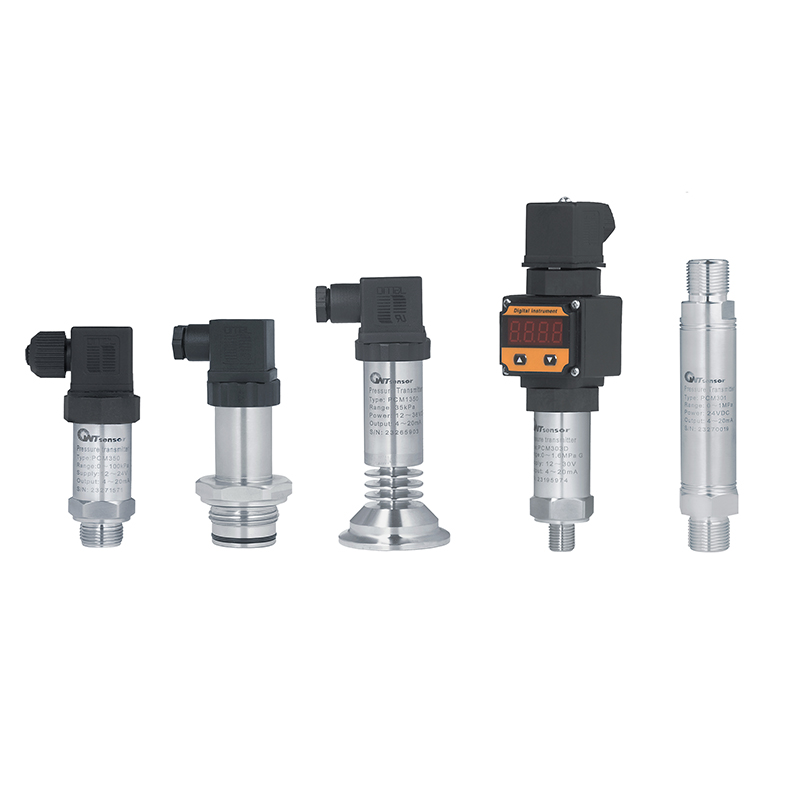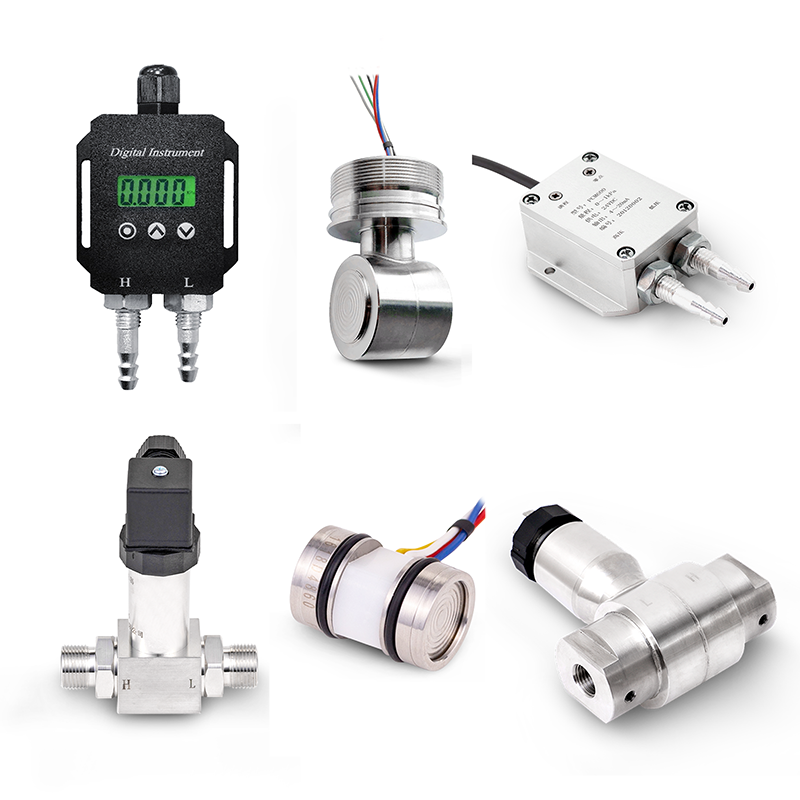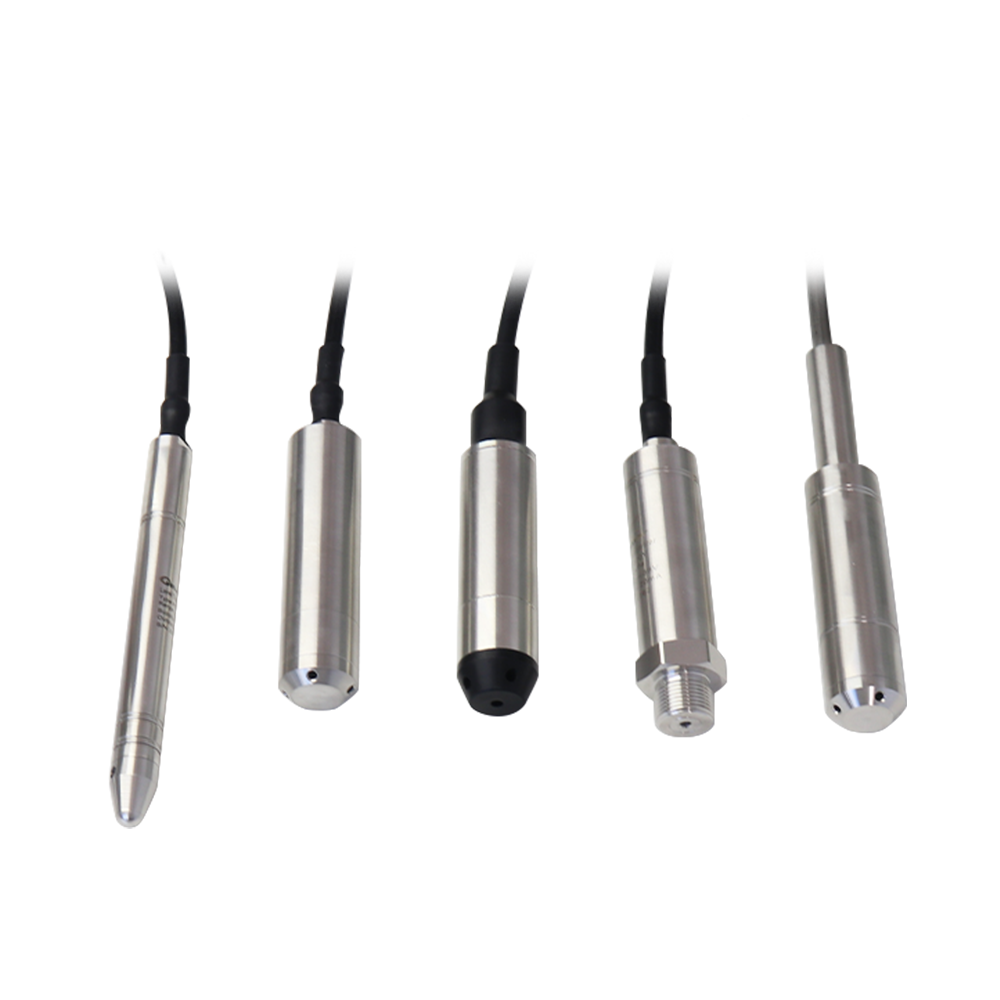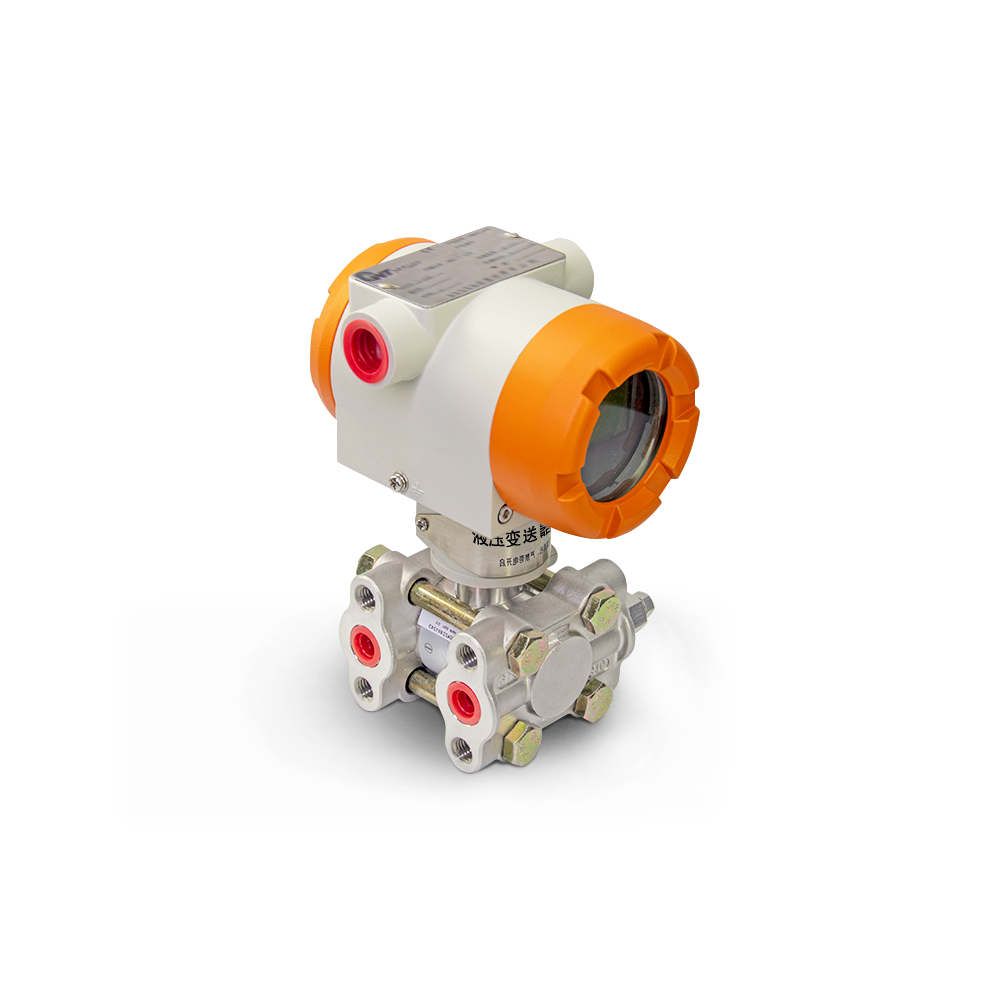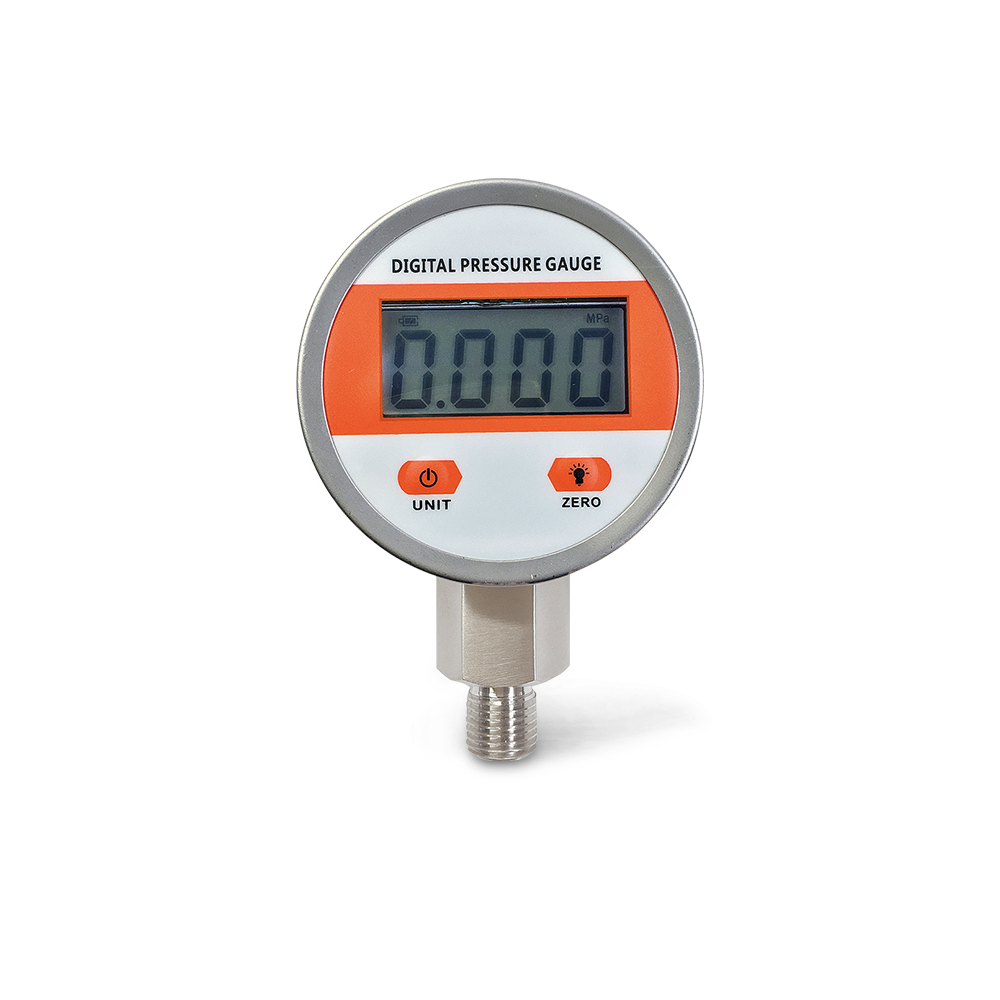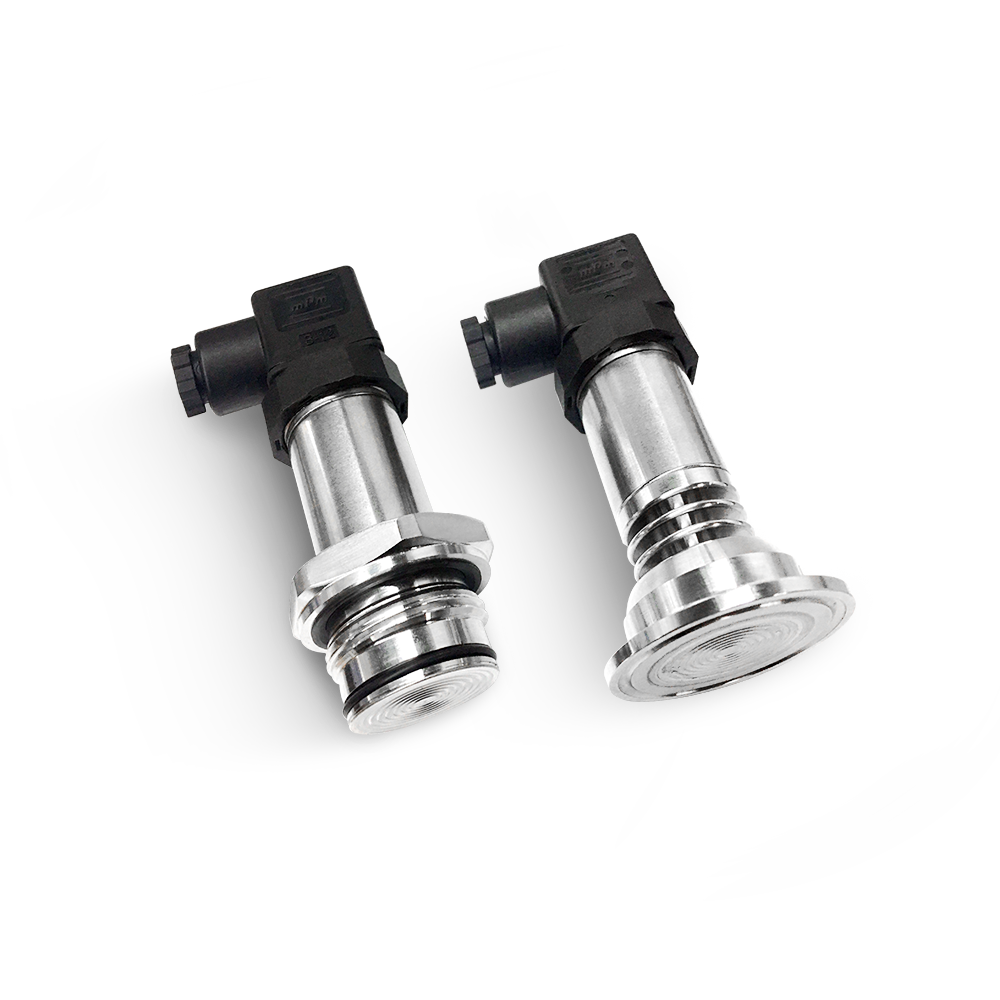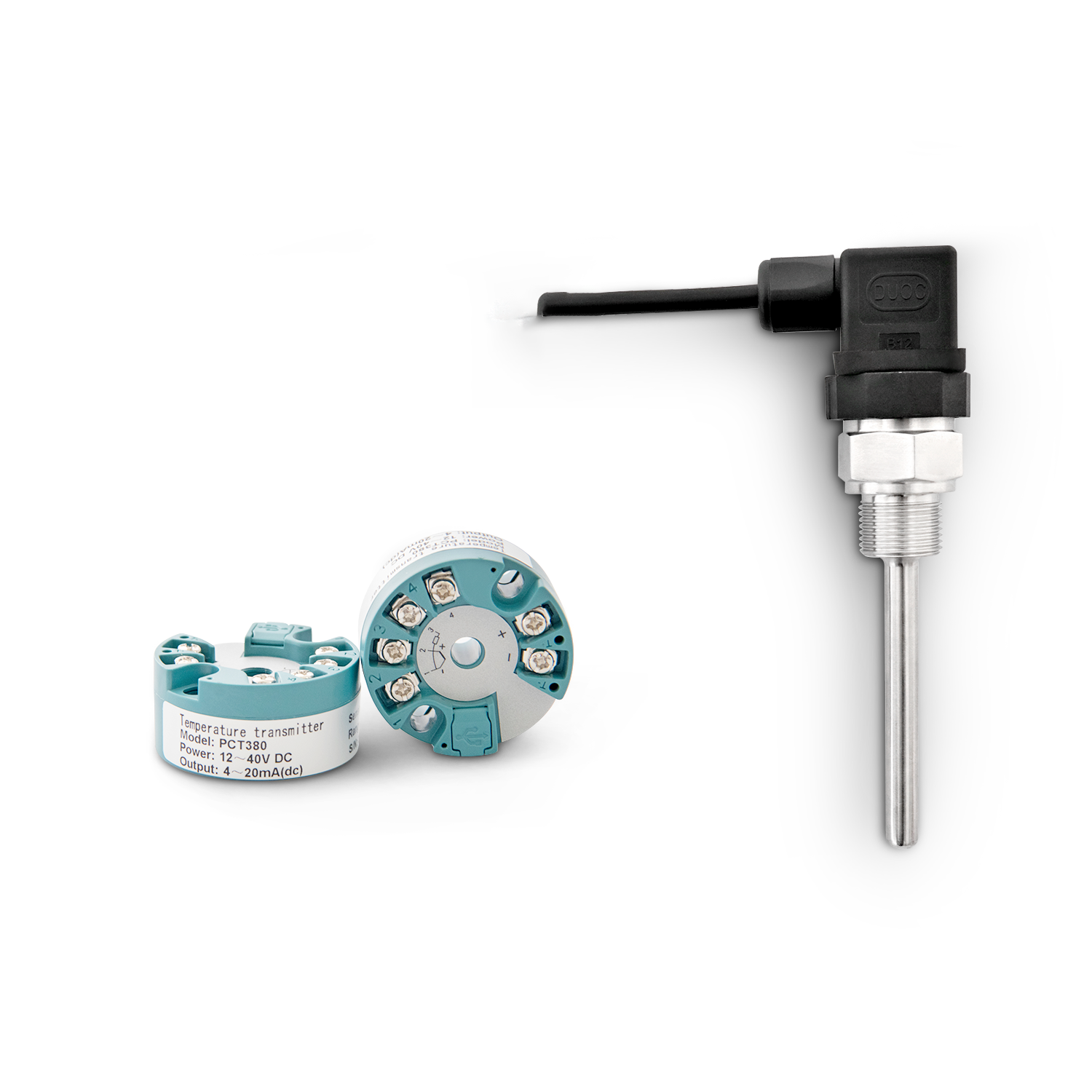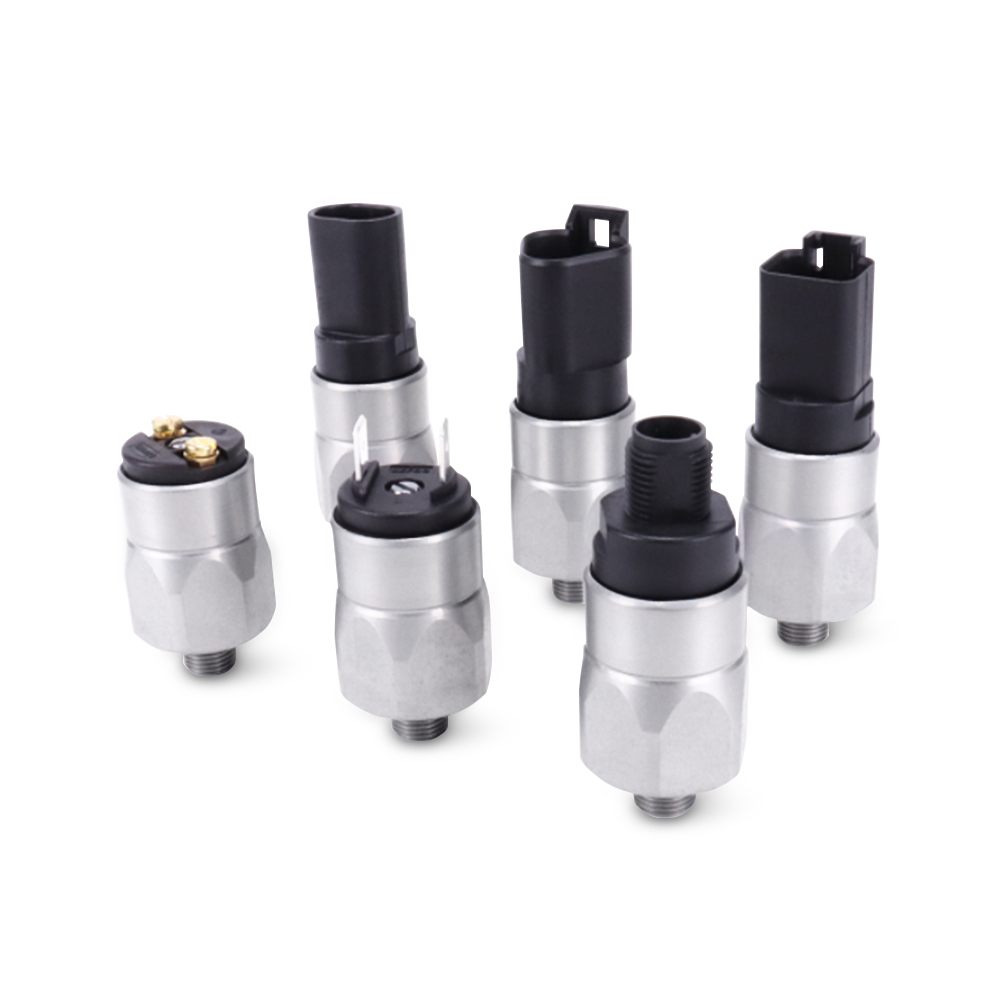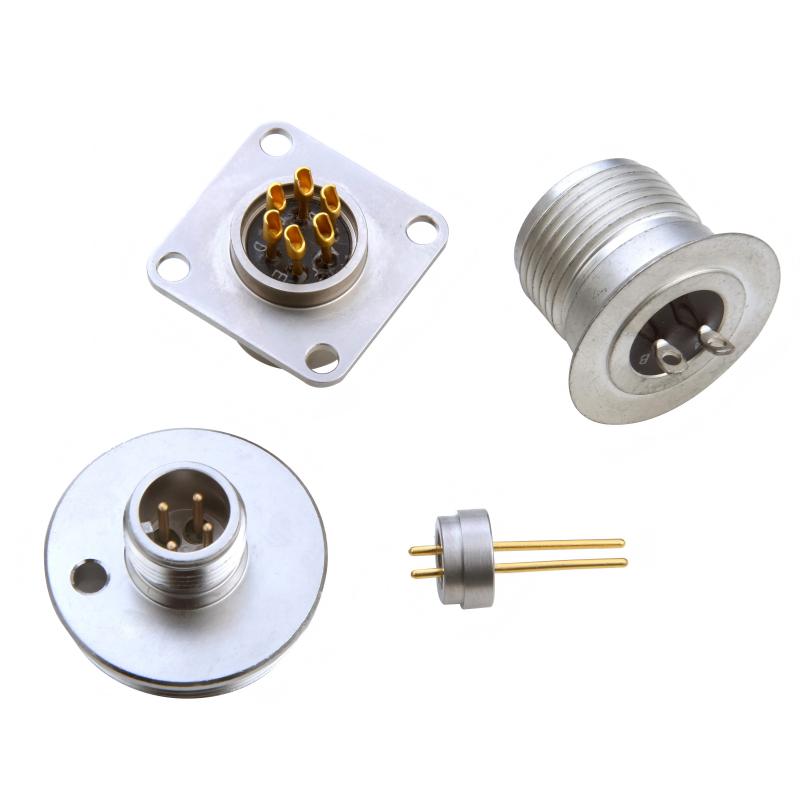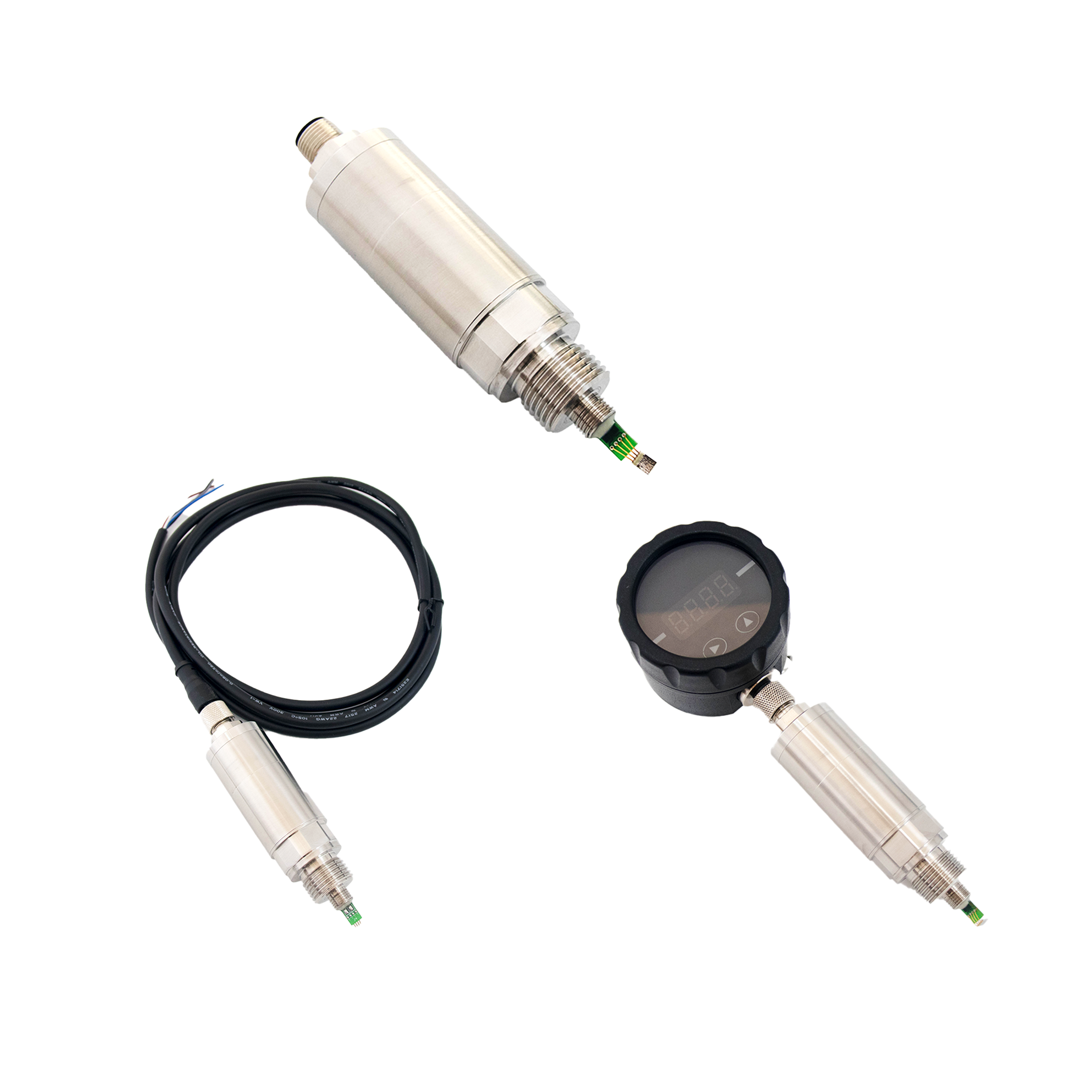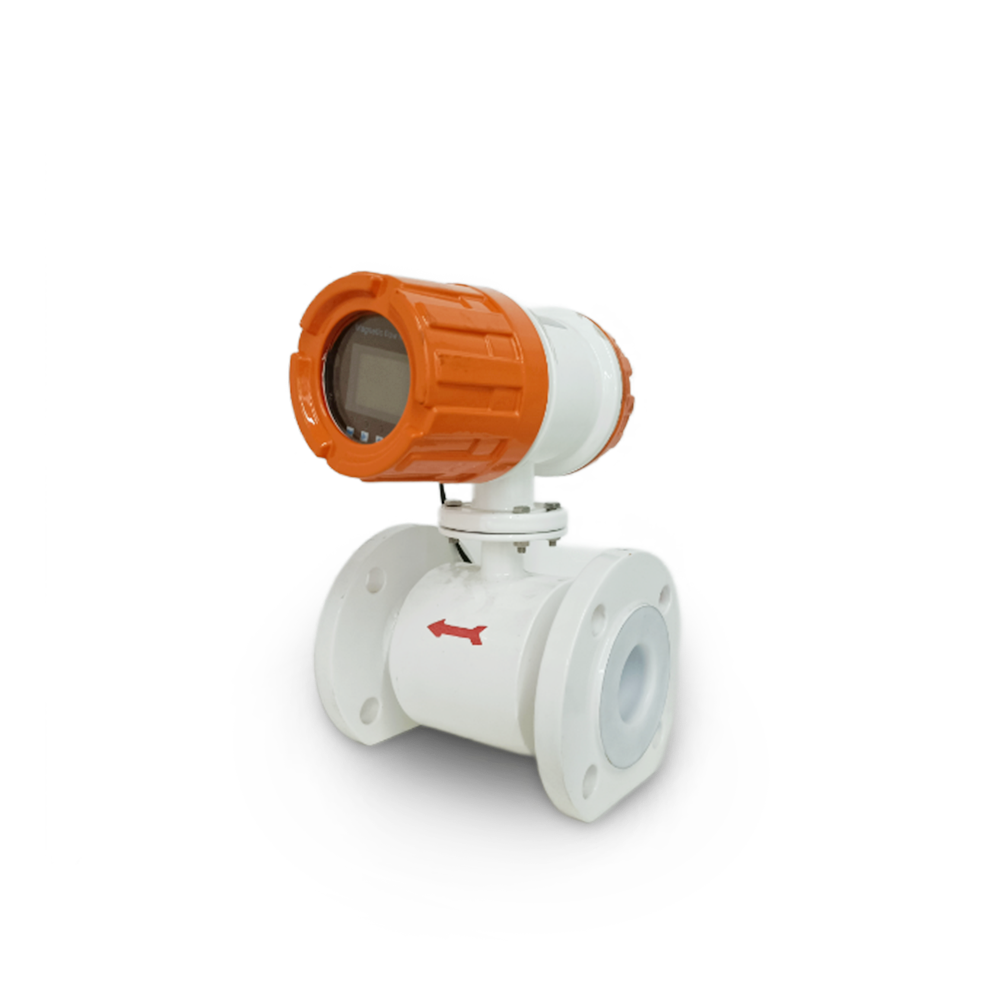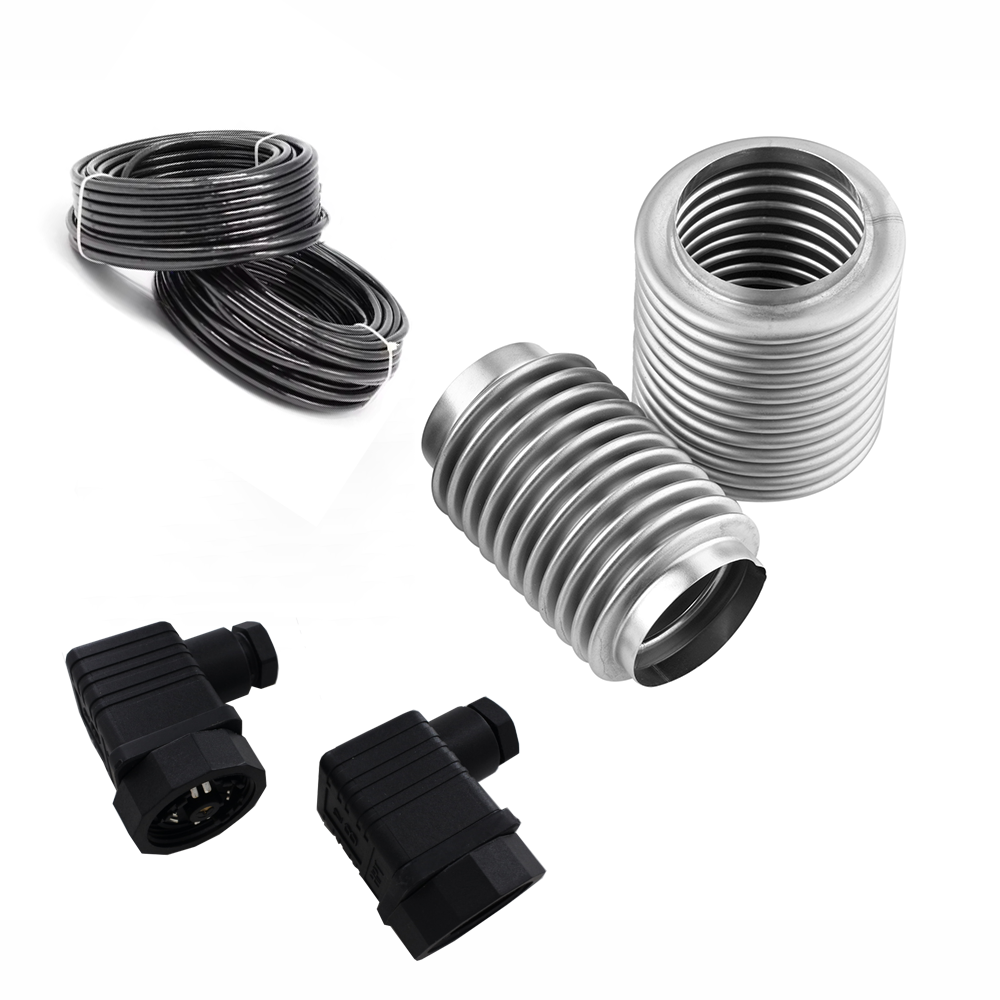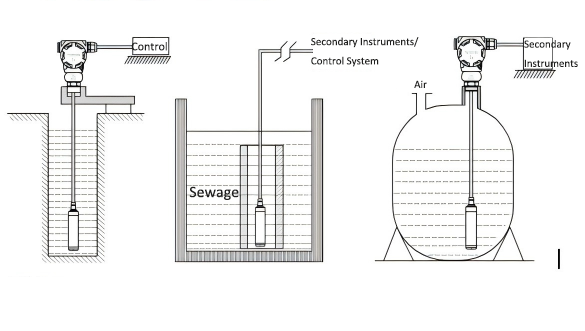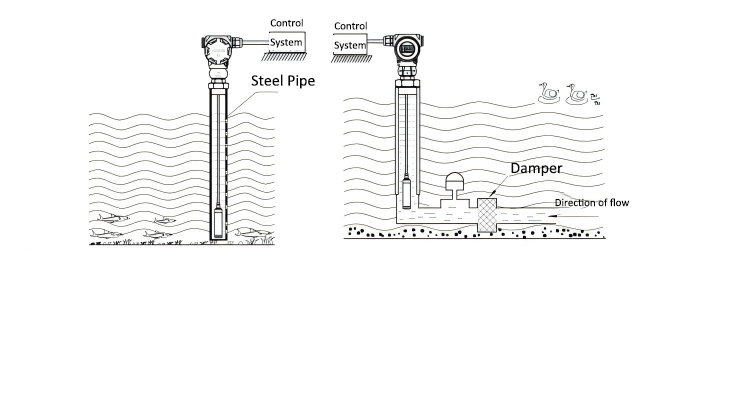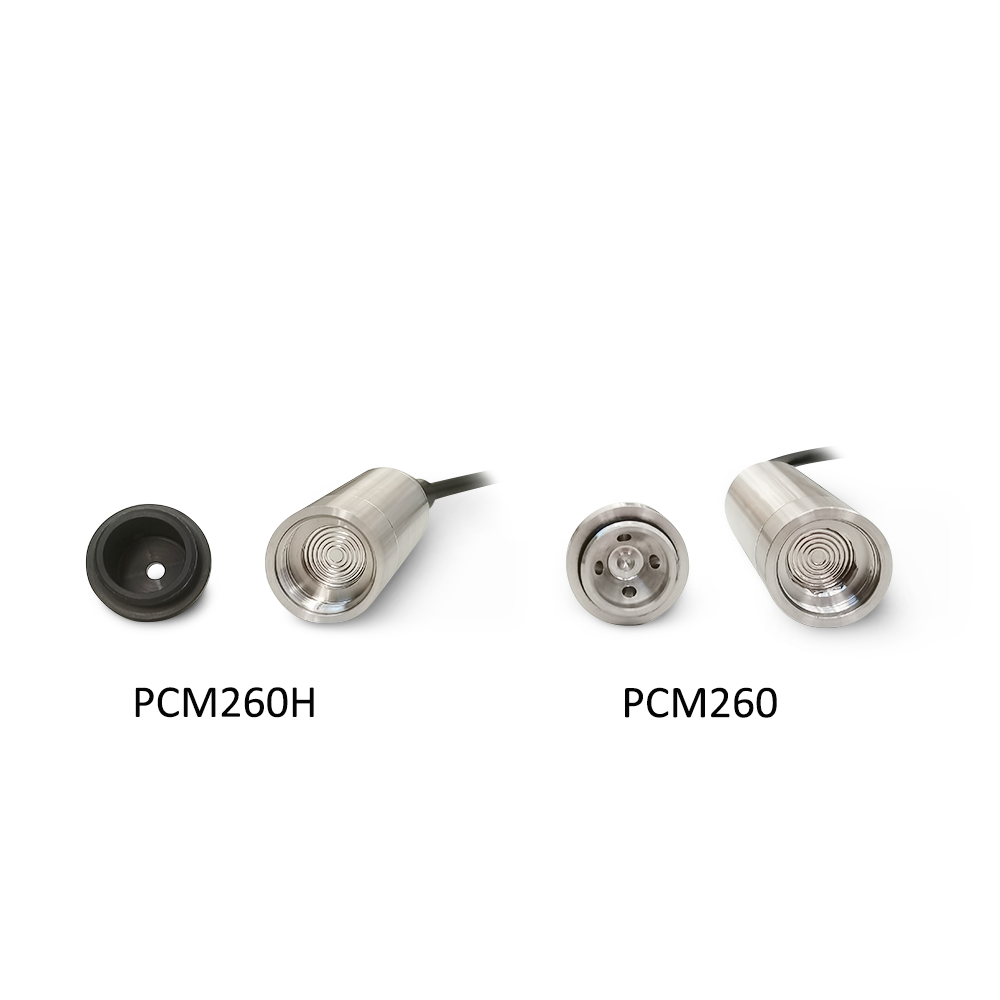Level Transmitters for Static and Moving Water | PCM260 vs PCM260H Applications
From: Issued date 2025.07.04 Back
Accurate liquid level measurement is essential across a wide range of industries, from groundwater irrigation and wastewater treatment to hydrological monitoring and flood control. However, measuring water levels in static environments—like wells, tanks, and reservoirs—presents different technical challenges compared to moving environments such as rivers, lakes, and sewage systems. Understanding these differences is key to selecting the right level transmitter for consistent and reliable performance.
WTsensor’s PCM260 and PCM260H submersible level transmitters are designed to meet these diverse application needs. While both models use high-performance piezoresistive silicon sensors and offer compact, submersible designs, each is optimized for specific field conditions. The PCM260 is ideal for stable, low-flow water measurement, whereas the PCM260H is engineered to withstand dynamic flow, vibration, and environmental interference.
Static vs. Moving Water: Key Environmental Differences
Understanding the physical environment is essential when choosing the right level transmitter.
Static Water Environments
Static water refers to fluids at rest. Common examples include:
Deep wells
Groundwater reservoirs
Irrigation ponds
Industrial water tanks
Pools and basins
In such environments:
Pressure is relatively stable
Flow velocity is minimal or zero
Turbulence is generally low
Measurement accuracy can be high due to the calm surface and minimal external disturbances
Moving Water Environments
Moving water includes rivers, lakes with wave activity, coastal regions, and stormwater systems:
Water surface levels can fluctuate rapidly due to waves, current, or rainfall
Flow-induced turbulence can impact sensor stability
Debris or sediment movement can interfere with readings or damage equipment
Strong electromagnetic interference may exist due to pumping systems or surrounding infrastructure
These dynamic environments demand more robust, vibration-resistant, and noise-immune equipment to ensure accurate and reliable measurements.
PCM260 – Precision in Static Water Measurement
The PCM260 (WTL01) Submersible Level Transmitter is tailored for applications in static water environments. It integrates a piezoresistive diffused silicon pressure sensor, known for its precision and long-term reliability. Key design highlights include:
Technical Features
Probe insertion measurement: Easily deployable in vertical wells or tanks
Anti-corrosion stainless steel structure: Ensures compatibility with a wide range of water chemistries
Signal linearization circuit: Converts pressure into an accurate analog output (voltage or current)
Optional LCD: Real-time local display improves field visibility
Zero and span adjustability: Enables fine-tuning for site-specific calibration
Ideal Use Cases
Deep wells and boreholes for groundwater monitoring
Pool and reservoir management
Liquid level monitoring in slow-fill industrial tanks
Agricultural water irrigation systems
Urban water utility tanks
Advantages in Static Water
Stable pressure baseline: Allows high-accuracy readings with minimal fluctuation
Minimal flow impact: Ensures readings reflect true hydrostatic pressure
Durable sealing and ingress protection: Supports long-term submersion
The PCM260 is a cost-effective and efficient solution for users seeking precise level monitoring in environments where fluid dynamics are minimal and installation conditions are predictable.
PCM260H – Performance in Dynamic and Harsh Conditions
On the other hand, the PCM260H Level Transmitter extends this measurement capability to moving water and more demanding environments. It retains the core sensor design—a diffuse piezoresistive silicon sensor—but incorporates mechanical and electronic reinforcements that make it suitable for dynamic liquid systems.
Technical Features
High anti-vibration capability: Stabilizes signal output in turbulent or fast-moving water
Robust anti-interference design: Withstands electromagnetic and environmental noise
Compact and lightweight: Reduces drag and improves installation flexibility
Shock resistance: Protects sensor from impact and debris in open water or drain systems
Applications in Moving Water
Rivers and streams: Flood level monitoring and hydrological data collection
Lakes and reservoirs: Water resource management with surface disturbance handling
Sewage and drainage systems: Monitoring pump stations and lift control units
Stormwater and flood control: Early warning systems during heavy rainfall or storm surges
Advantages in Moving Water
Real-time responsiveness: Detects rapid changes in water level
Excellent EMI shielding: Maintains signal clarity even near electrical pumps
Structural resilience: Designed for long-term use in outdoor, high-flow, or sediment-laden systems
The PCM260H ensures robust and reliable performance in areas where traditional sensors may fail due to fluctuating pressures, vibration, or environmental interference.
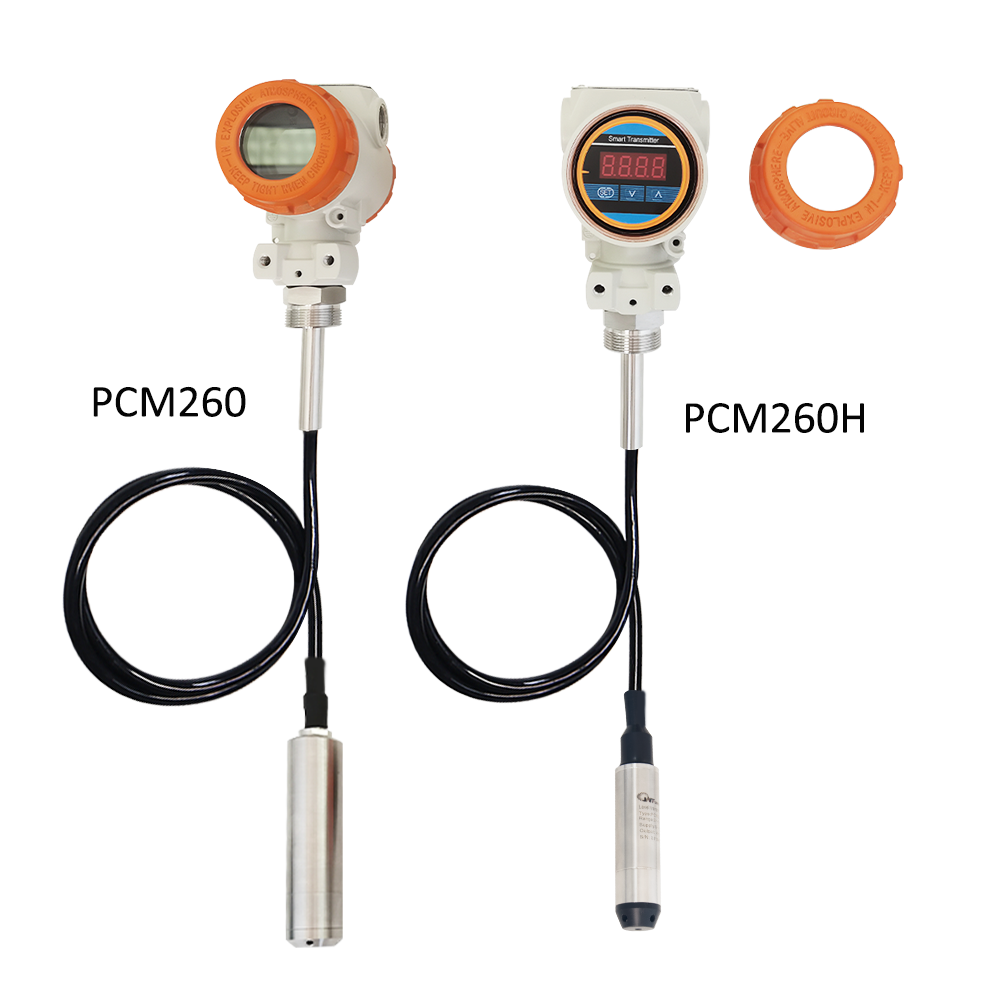
Comparison Table: PCM260 vs PCM260H
| Feature | PCM260 | PCM260H |
Target Application | Static water | Moving water |
Sensor Type | Piezoresistive silicon | Piezoresistive silicon |
Installation Method | Probe insertion | Probe insertion |
Vibration Resistance | Standard | High |
EMI/Noise Immunity | Standard | Enhanced |
Size & Weight | Standard | Compact and lightweight |
Shock Resistance | Moderate | High |
Display Option | LCD optional | No built-in display |
Industries | Irrigation, tanks, pools, wells | Rivers, lakes, sewage, stormwater |
Long-Term Stability | Yes | Yes |
Considerations When Choosing the Right Level Transmitter
Selecting between PCM260 and PCM260H requires careful evaluation of the operating environment. Here are some guiding questions:
1. What is the flow condition of the liquid?
If the water is still or slow-moving, PCM260 is generally sufficient.
For flowing or turbulent water, PCM260H offers enhanced stability.
2. Is the site prone to vibration or shock?
PCM260H is recommended where water movement, debris, or infrastructure vibration may affect performance.
3. Are there potential sources of electromagnetic interference (EMI)?
PCM260H has better shielding and signal conditioning for high-interference zones, such as near pumps or electrical substations.
4. Do you need on-site display?
PCM260 offers an optional LCD display for on-site level readings, useful in wells or tanks without SCADA integration.
Level transmitters such as the WTsensor PCM260 and PCM260H exemplify how tailored sensor design improves accuracy and durability across different hydrological environments. The PCM260 excels in static water applications by delivering high-precision measurements in calm conditions, making it ideal for irrigation, wells, and pools. Meanwhile, the PCM260H is optimized for moving water and challenging conditions, offering superior vibration resistance, EMI protection, and durability in rivers, lakes, sewage systems, and stormwater control.
For system designers, engineers, and field technicians, understanding the nature of the measurement environment is crucial to achieving long-term, reliable data acquisition. Choosing the right level transmitter not only ensures accurate readings but also reduces maintenance, increases system uptime, and improves safety.
Whether monitoring a tranquil irrigation well or a storm-driven river channel, WTsensor provides a reliable solution tailored to your application’s demands.

PCM260 Laser Welding


